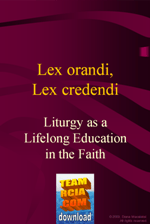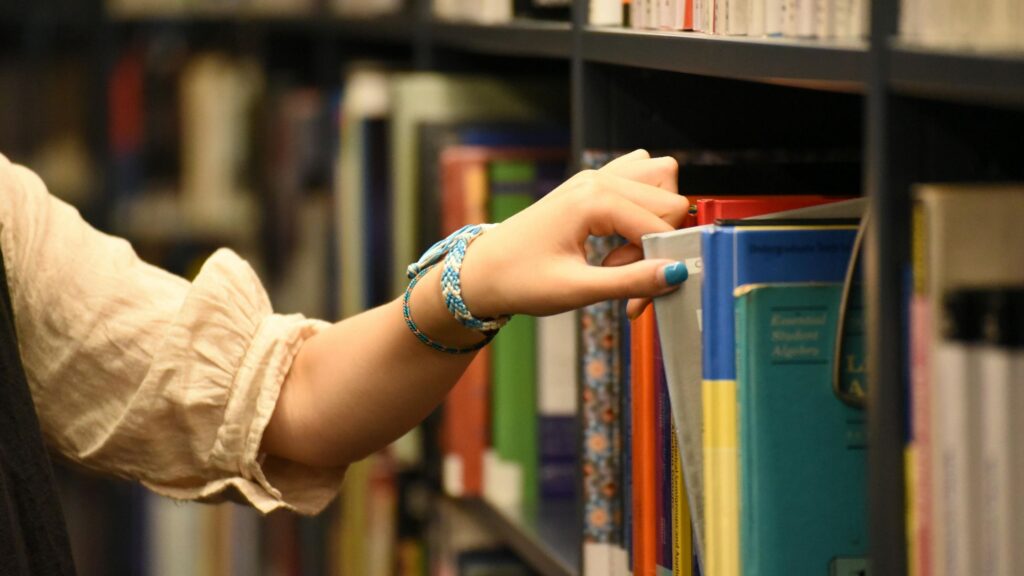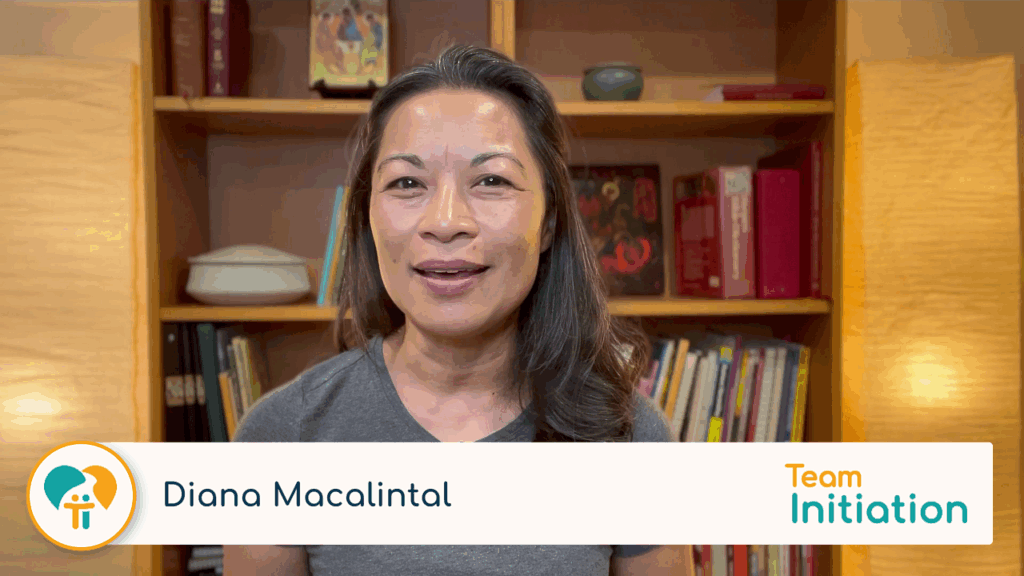 For some RCIA teams, the period of postbaptismal catechesis, or mystagogy, seems to be the most difficult part of the catechumenate to implement. I commonly hear complaints that “they don’t come back” for mystagogy, and I get requests for “a good resource” to use during the mystagogy sessions. To me, those kind of comments reflect a different understanding of mystagogy than what the RCIA calls for. If we are expecting neophytes to come to mystagogy and we are hoping for a resource from which to lead the mystagogy, we are thinking of mystagogy as something like classes that take place in a discrete place over a set amount of time.
For some RCIA teams, the period of postbaptismal catechesis, or mystagogy, seems to be the most difficult part of the catechumenate to implement. I commonly hear complaints that “they don’t come back” for mystagogy, and I get requests for “a good resource” to use during the mystagogy sessions. To me, those kind of comments reflect a different understanding of mystagogy than what the RCIA calls for. If we are expecting neophytes to come to mystagogy and we are hoping for a resource from which to lead the mystagogy, we are thinking of mystagogy as something like classes that take place in a discrete place over a set amount of time.
Test drive the faith
The RCIA, on the other hand, envisions mystagogy as a principle for living that the neophytes have been learning and practicing throughout their catechumenate. The mystagogical “period” does not end after 50 days. Rather, the 50 days (or the 365 days called for in the year-long mystagogy in National Statutes 24) is an intense period of test-driving the newly acquired skill of Christian living. Note what the RCIA says about this period:
This is a time for the community and the neophytes to grow in deepening their grasp of the paschal mystery and in making it part of their lives…. (244)
If we take that seriously, it’s clear that thinking of mystagogy as something the neophytes “come to” and that we might be able to create a “resource” for it are misunderstandings of what is supposed to be going on after baptism.
The neophytes are now full members of the body of Christ. As such, their job is now the same as our job—live the gospel. Whatever it is we do is what the neophytes are supposed to be doing. So what are we doing?
Sunday Mass is the place of mystagogy
Are we, the “old-phytes,” participating in weekly Easter catechetical sessions? Ideally, we are, but actually, most of us are not. What then is the primary catechesis for us in the Easter season? It is the Sunday Mass. And so also should it be for the neophytes:
Since the distinctive spirit and power of the period of postbaptismal catechesis or mystagogy derive from the new, personal experience of the sacraments and of the community, its main setting is the so-called Masses for neophytes, that is, the Sunday Masses of the Easter season. (247)
The place for mystagogy, then, is the Easter Sunday liturgies. The resource for postbaptismal catechesis is the personal experience of the sacraments and the worshipping community.
Apply new skills
The neophytes are like any of us who have learned a new skill. If a child keeps falling off her bike, she is still learning to ride. She’s not a rider yet. Once she can go several feet without falling, she’s learned the skill. She’s a rider-a beginning rider, but a rider. The new skill the neophytes have learned is offering a sacramental sacrifice of praise and thanksgiving. This is a huge deal. We need to help them practice this new skill, running alongside of them, perfecting our own “grasp of the paschal mystery” even as we are keeping an eagle-eye on the neophytes as they practice. Too often, we confuse the idea of practicing new skills with signing the neophytes up to be lectors or communion ministers. Ack! Would you try to teach your daughter to play tennis at the same time she’s perfecting her new piano skills? One thing at a time! Keep the neophytes focused on perfecting their worship skills during the period of mystagogy.
What skills do the neophytes need to practice?
Here are two essential skills for the neophytes.
Develop a sacramental imagination
We cannot “see” God the way we see a photograph. We “see” God through sacramental signs. Saint Augustine focused on four major sacramental signs that he expected the neophytes to master: the Creed, the Lord’s Prayer, the font, and the altar. Augustine would hand on the first three during the period of purification and enlightenment. The last, the altar and all that takes place there, he would hand on in a series of “mystagogical catecheses” during the Masses of the Easter Season. This was not catechesis as we might think of a religious education class. It was a specialized preaching that would draw upon the symbols of the liturgy—especially the bread and wine that would later become the Body and Blood of Christ—to lay out for the neophytes and the rest of the faithful the full cosmic import of Jesus death and resurrection.
Act on the faith
In his homily, Augustine would point out to the neophytes that, just as the bread and wine were to be changed, so too had they been changed. The neophytes, now part of the Body of Christ, have the responsibility of being Christ in the world. Of course, they have been practicing this skill throughout their catechumenate, but now they have the fullness of Christ within them. Their proclamation of the good news to the oppressed of the world is a direct result of their sacramental sacrifice of dying and rising to Christ in the liturgy.
Eight tasks for the team
In order to make mystagogy successful, here are eight things the team needs to do.
- Throughout the catechumenate, focus on the symbolic imagination of the faith, helping the catechumens to “see” God in all the activities of their daily lives.
- Throughout the catechumenate, help the catechumens understand they are not “becoming Catholic.” They are dying to themselves and converting to a new lifestyle. They are not “getting baptized.” They are learning a new way of living.
- Make it clear to the neophytes and their godparents that they must be at all the Sunday Masses of the Easter season. This should be one of the criteria for “readiness” before the catechumens are discerned to be eligible to become elect.
- Prepare a series of Easter homilies that lead the neophytes through an exploration of the sacramental signs of the liturgy. The readings for Year A in the Easter Season are especially suitable for this. (See RCIA 247).
- Prepare a special place in the worshiping assembly for the neophytes to sit with their godparents. On Easter Sunday, introduce the neophytes by name to the assembly. (See RCIA 248.)
- Provide a time soon after the Easter Vigil for the neophytes to reflect with their godparents and other members of the parish on their experience of the Triduum.
- Ask some of the neophytes who were particularly insightful in their reflections to share some of their thoughts with the assembly at the next Sunday liturgy.
- Keep Pentecost Sunday focused on the neophytes. Hold a parish-wide celebration for them. Invite the neophytes from the previous Easter Season to join the festivities as honored guests (See RCIA 249-250.)
Featured resource
Lex Orandi Lex Credendi: Liturgy as Lifelong Formation – A How-To for Mystagogy (Powerpoint file)
Diana Macalintal
Price: $8.99



















